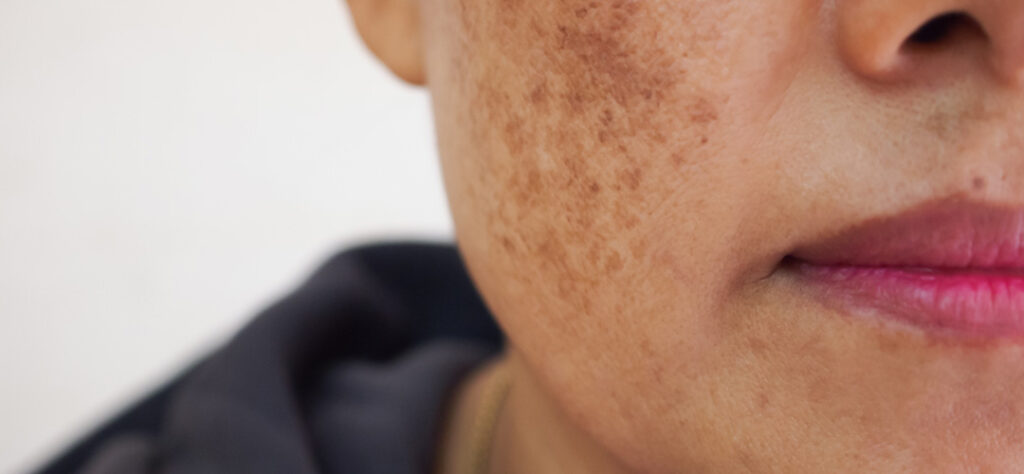Acne can be a stubborn and frustrating skin condition, affecting people of all ages and leaving many searching for effective treatments. One medication that has gained attention in the battle against acne is minocycline, a powerful antibiotic used to tackle the inflammation and bacteria associated with this common issue. As an oral treatment, minocycline capsules work from the inside out, offering an option for those who haven’t found success with topical solutions.
But what exactly is minocycline used for, and how does it fit into the broader landscape of acne therapies? In this post, we’ll delve into the key aspects of minocycline for acne, providing valuable insights for both individuals struggling with breakouts and professionals in the dermatology field.
Minocycline: An Overview
Minocycline is widely recognized for its role in treating acne. This antibiotic works by targeting the bacteria and inflammation that contribute to acne development. It is particularly beneficial for those who have not found relief through topical treatments. In this section, we will explore how minocycline functions, its potential side effects, and compare the different forms of minocycline capsules available.
How Minocycline Works
Minocycline functions by inhibiting the growth of bacteria that contribute to acne. It operates at a cellular level, blocking the production of proteins essential for bacterial survival. This action helps reduce the bacterial load on the skin, minimizing inflammation and preventing new breakouts.
To understand its effectiveness, consider the following process:
- Ingestion and Absorption: Taken orally, the body absorbs minocycline efficiently, distributing it through the bloodstream to affected areas.
- Bacterial Inhibition: Once in the bloodstream, it targets acne-causing bacteria, reducing their ability to multiply.
- Inflammation Reduction: By decreasing bacterial presence, minocycline also reduces inflammation, which is a significant contributor to acne severity.
For many patients, this antibiotic approach has proved more effective than topical treatments alone.

Potential Side Effects
While minocycline is effective, it is not without potential side effects. Common side effects include dizziness, nausea, and lightheadedness. Some people may also experience skin discoloration or increased sensitivity to sunlight.
More serious side effects, though rare, can occur. These include:
- Severe headaches
- Vision changes
- Allergic reactions
It’s important for patients to be aware of these possibilities and consult with their healthcare provider if they suspect any adverse reactions. Prompt communication with a doctor can help manage or mitigate these side effects effectively.
Patients should weigh the benefits of clearer skin against these potential risks, making informed decisions about their treatment options.
Comparing Minocycline Capsules
When considering minocycline capsules, it’s helpful to compare their various forms and dosages. The following table provides a snapshot of common options:
| Form | Dosage | Typical Use Case |
| Immediate-release | 50mg, 100mg | Short-term acne management, quick onset of action |
| Extended-release | 45mg, 90mg | Long-term maintenance, consistent blood levels, fewer doses |
Immediate-release capsules tend to act faster but require more frequent dosing. In contrast, extended-release capsules offer a steady release of medication, reducing the need for multiple daily doses and potentially improving adherence.
For optimal results, patients should consult with their healthcare provider to determine which form and dosage align best with their specific needs and lifestyle preferences. It is crucial to consider factors such as the severity of acne, daily routine, and any other medications being taken to ensure there are no interactions. This tailored approach not only ensures a balance between effectiveness and convenience but also enhances patient adherence and treatment outcomes by customizing the regimen to fit seamlessly into their lives. Regular follow-ups with the healthcare provider can further adjust the treatment plan as needed, ensuring long-term success and management of acne.
